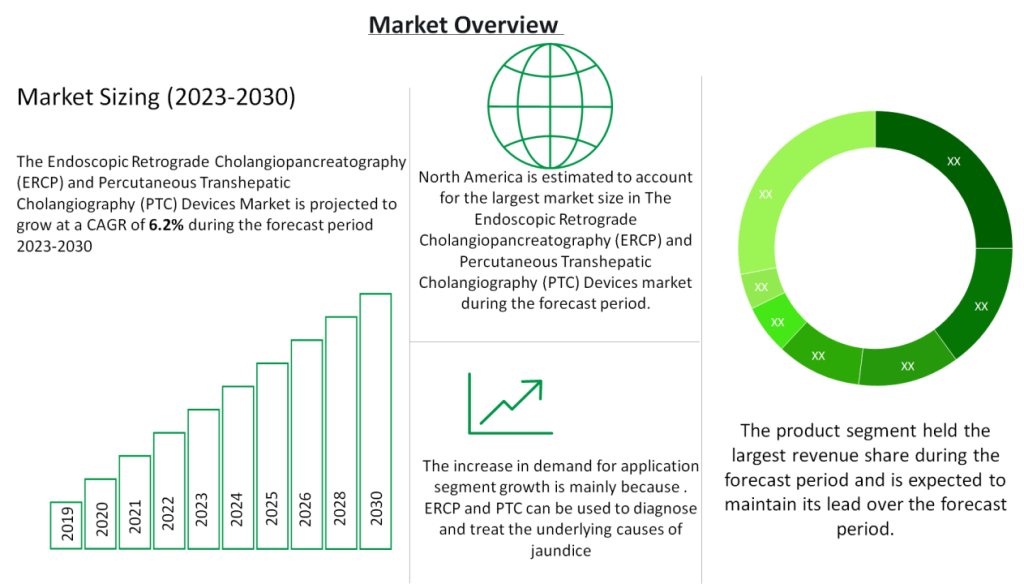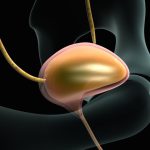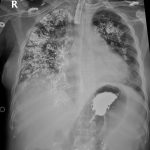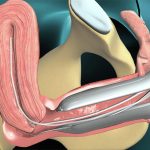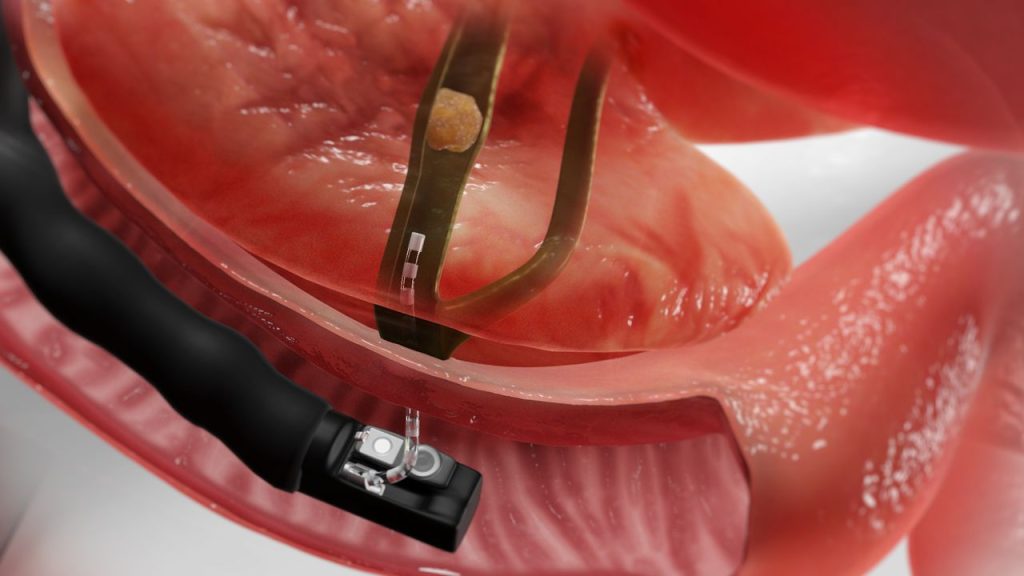
Cholangiography means looking at the structure of the bile ducts and gallbladder. It can help to find the size of a cancer and whether it has spread.
What is cholangiography?
Cholangiography means putting a dye called a contrast medium into the bile ducts and gallbladder to show them up clearly on x-ray.
Preparing for your test
You might have a blood test 2 days beforehand to check how well your blood clots.
Tell your doctor if you’re having medicine that changes how your blood clots. This includes:
- aspirin
- clopidogrel
- arthritis medicines
- warfarin or heparin
- apixaban, rivaroxaban, dabigatran, edoxaban or betrixaban
Your doctor will tell you if you need to stop taking any other medicines.
You can’t eat for 6 to 8 hours before the test but you might be able to drink sips of water up to 2 hours before your appointment. Your doctor or nurse gives you written instructions about this beforehand.
Talk to your doctor if not eating could be a problem for you. For example, if you have diabetes.
Your doctor will explain what they are going to do and you’ll sign a consent form. This is a good time to ask any questions you might have.
Having the test
You usually have the test while you’re awake but you can choose to have a medicine to make you drowsy (a sedative). You might need to take your upper clothing off and put on a hospital gown. A nurse stays with you when you have the test.
Your doctor might spray the back of your throat with liquid to make it numb. They then put a long, flexible tube called an endoscope down your throat. The tube has a camera and a light at the end. The tube goes to the area of the small bowel next to the bile ducts and gallbladder.
The doctor injects the dye to show up the structure of the bile ducts and gallbladder. They can see them on a screen. The nurse or doctor injecting the dye will ask you to hold your breath and then as you breathe out they inject the dye. You might get a feeling of pressure or fullness in the upper right side of your back. This will be uncomfortable but only lasts for a short while. Your hands and feet might feel numb during the procedure. It usually takes about 30 to 60 minutes.
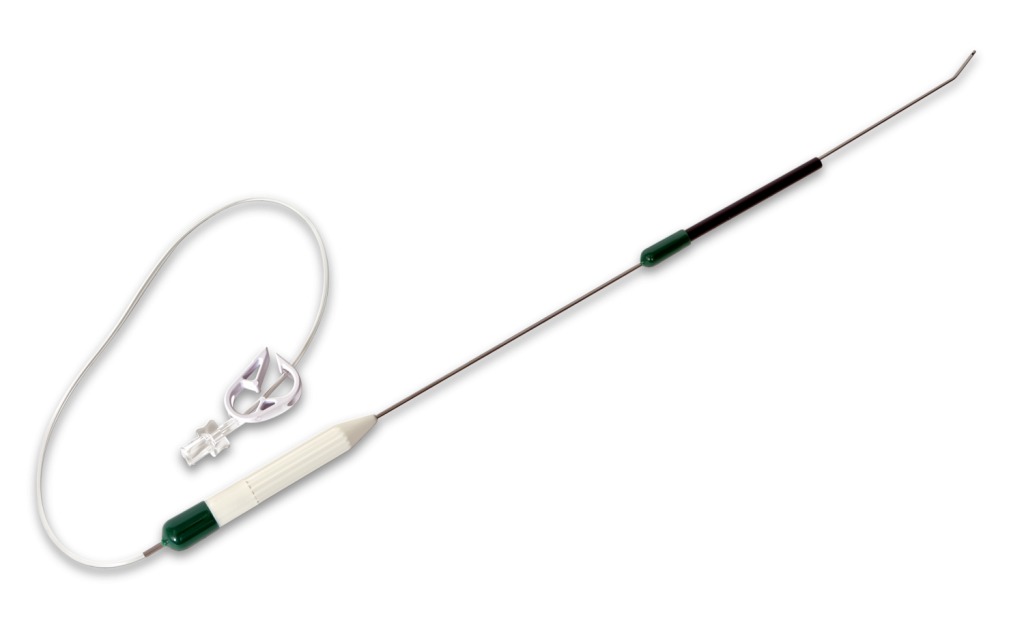
An endoscopy is a test to look at your foodpipe, stomach and the first part of your bowel.
You may have this test if you have abnormal bleeding, lasting indigestion or difficulty in swallowing.
On the day of the test you should not eat or drink for at 6 hours beforehand.
Just before the test your doctor will spray the back of your throat to numb it. Or give you a sedative which will make you forget having the test.
A nurse puts a mouth guard into your mouth. Then they put a flexible tube called an endoscope into your mouth and down your throat.
This is uncomfortable and may make you gag. Concentrating on slow deep breathing helps.
On the end of the tube is a light and a camera, this sends pictures to a monitor. It also has a tool that can take samples of tissue.
Looking at the monitor they examine your foodpipe and then your stomach.
If they see any abnormal areas they will take a tissue sample – called a biopsy.
You won’t feel any pain and you will be able to breathe normally throughout.
Afterwards you need to rest for a while. Your throat might be sore and you may feel bloated.
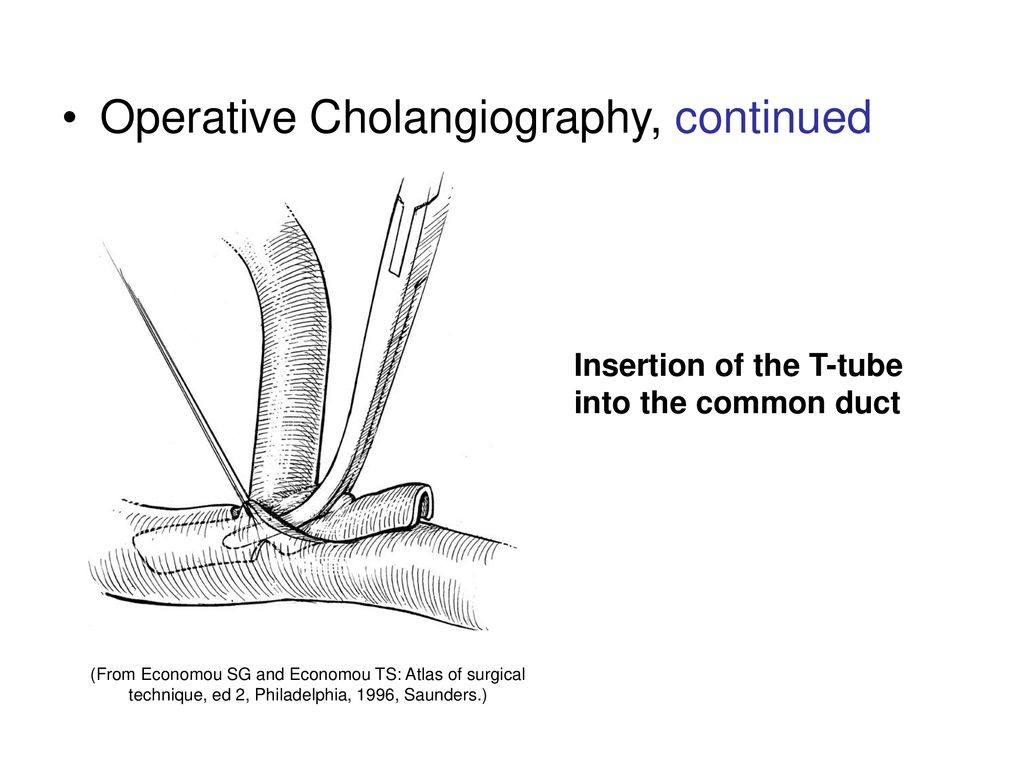
What the test shows
The dye gives a very clear picture on an x-ray. Your doctor should be able to see if there is a tumour or a blockage in the gallbladder or bile ducts. If there is a blockage, your doctor will put in a small tube called a stent. The stent allows bile to drain out of the body into a drainage bag. This relieves any jaundice symptoms you have. It also reduces the risk of infection.
After the test
If there is a blockage you will need to stay in hospital until you can have an operation to put an internal stent in. This is a tube that goes inside the bile duct and allows bile to drain into your intestine, as it normally would.
If there is no blockage, you stay in bed resting for about 4 hours. Your doctor will ask you to lie on the side where you had the injection because this helps to stop bleeding and bile leakage. Then you will be able to go home.
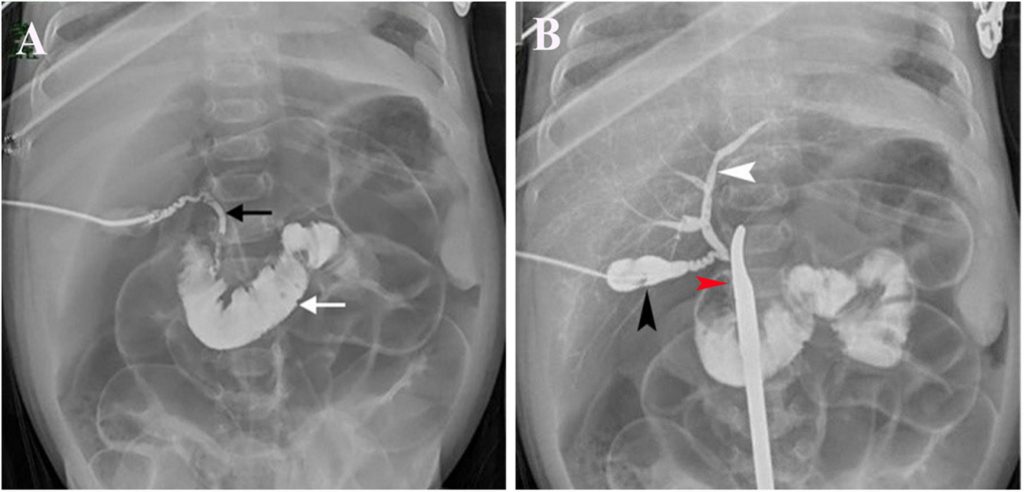
Possible side effects
If you get a high temperature (over 38.5C) or have pain that won’t go away, you might have a bile leak or an infection. You should get back in touch with the hospital.
Normally, before you leave the hospital, your nurse will give you a phone number to ring in case you have any problems.
